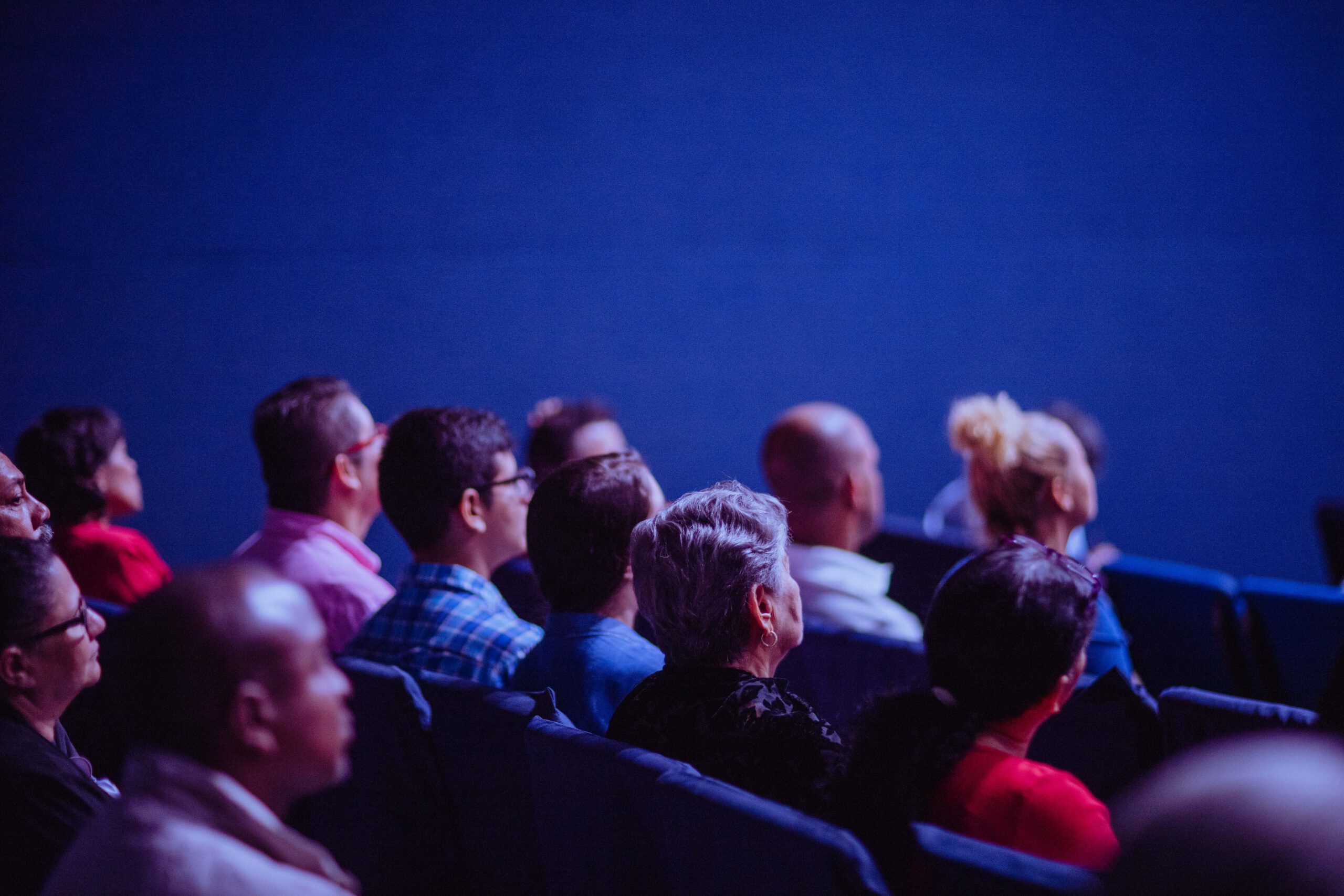-
Skin Conductance Response – What it is and How to Measure it

Skin conductance response in human behavior research. Learn best practices and its applications for marketing and biometric research.
-
7 Ways to Measure Human Behavior [CHART]
![7 Ways to Measure Human Behavior [CHART]](https://imotions.com/wp-content/uploads/2022/09/7-Ways-to-Measure-Human-Behavior-CHART-1024x536-1.jpg)
Human behavior is a complex interplay of a variety of different processes, ranging from completely unconscious modulations of emotional reactions to decision-making based on conscious thoughts and cognition.
-
Types of Eye Movements [Saccades and Beyond]
![Types of Eye Movements [Saccades and Beyond]](https://imotions.com/wp-content/uploads/2023/06/stigk_grid_of_eyes_alternating_between_looking_left_right_up_do_e31d376b-ca40-4437-bb53-c23c94bf25e5.png)
Discover the various types of eye movements and their significance. A comprehensive guide for university students and researchers.
-
What Is Facial EMG and How Does It Work? (2023 update)

When we generate a movement, an electrical action potential travels from the brain down the spinal cord, to specially-designated motor neurons.
-
GSR and Emotions: What Our Skin Can Tell Us About How We Feel

Publications highlighting GSR activity and emotions, and how these findings can be used to better understand and research emotional states.
-
Future Medical Diagnosis – Eye Tracking and Beyond

Diagnosis is where medicine begins. Getting the right diagnosis quickly and easily is a central goal of medical science for obvious reasons: it benefits the patient by ensuring the right care is given as soon as possible, and saves time for the diagnostician, allowing them to attend to more patients.
-
Shopper Research [A Case Study in How We Buy Online]
![Shopper Research [A Case Study in How We Buy Online]](https://imotions.com/wp-content/uploads/2023/06/Woman-looking-frustrated-while-shopping-online-scaled.webp)
Making the best decision when purchasing products on the internet can be a dizzying process – there are a countless number of shops, each offering different deals in different ways. The variations can be related to the product price, the shipping costs, return policy, delivery times, and more.
-
Halloween Special: The Biometrics of Fear in Media

How can we apply what we know about the study of fear to the media industry, where movie and television companies release hundreds of hours of scary new material each Halloween?
-
What is Z-tree? [Introduction and Examples]
![What is Z-tree? [Introduction and Examples]](https://imotions.com/wp-content/uploads/2022/10/What-is-Z-tree-Introduction-and-Examples-1024x536-1.jpg)
Z-tree is a program developed at the University of Zurich twenty years ago for the purpose of delivering economic choice experiments. It allows non-programmers to create experiments that test human behavior and choices in Game Theory scenarios, providing a scientific framework for studying decision-making.


